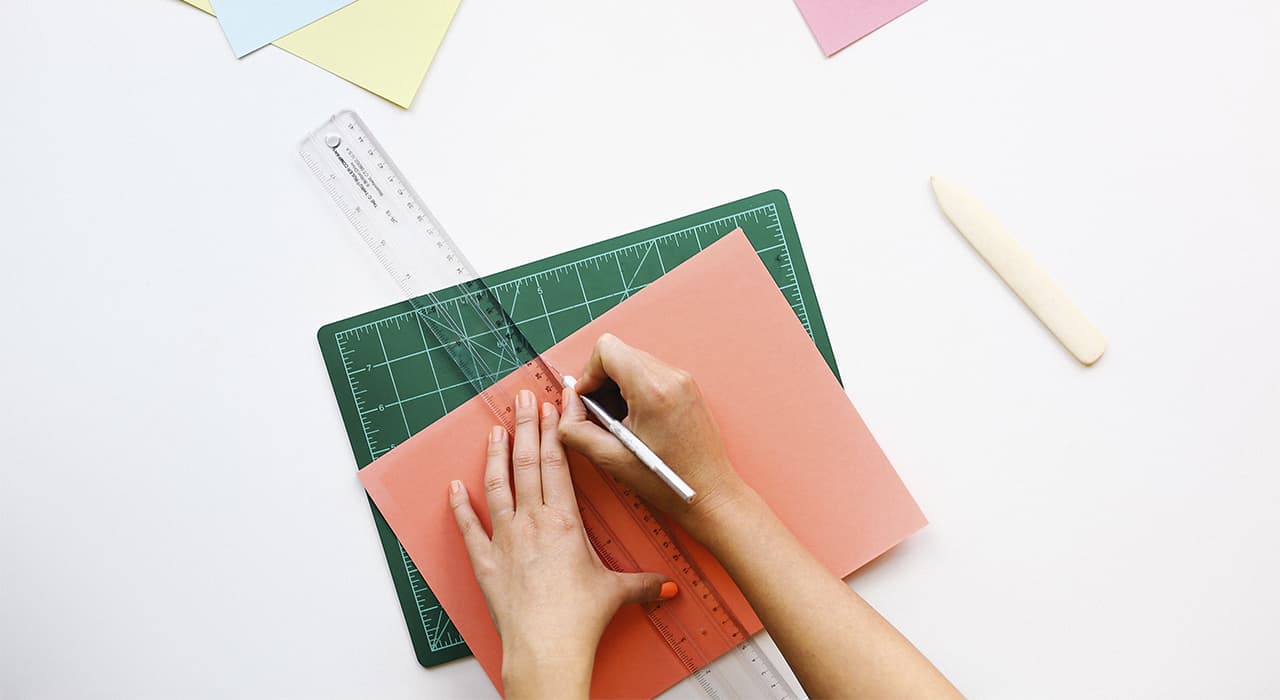Design today is not only an aesthetic expression of spiritual and material human life, but also a tool for managing and controlling society.
Aesthetic function
Aesthetic attitude performs a unique function in human life: it allows us to go beyond the narrow limits of purely natural existence and contributes to the preservation and affirmation of the “position of human meaning” of objects, phenomena of reality and human manifestations. In most cases, a person buys in a store or simply pays attention to those things that primarily satisfy his aesthetic needs. The aesthetic function of design is indispensable in any object of design, it is with its help that it is possible to achieve a harmonious combination of usefulness and attractiveness.
The experience of aesthetic values leads to spiritual freedom. The aesthetic is not the overcoming of the practical, but the rejection of its totality, which allows to achieve spiritual disclosure. Practical needs cease to be the only ones and are included in a wider context of existence, the form of the object confirms the positive spiritual manifestations of its creator. Design purposefully creates beauty, the setting for the creation of which before it was the prerogative of art alone, but at the same time the utilitarian is denied and does not fade into the background, but comes to a dialectical unity with the aesthetic.
Humane function
Design is a kind of renaissance on the way of humanization and spiritualization of the world, when the experience of mankind leads to the creation of harmonious and emotionally expressive forms. Things are not only a material substrate, but also the quintessence of culture.
Each person organizes his space in such a way that it is convenient and comfortable for him. Everyone has their own taste and view on this or that thing. That is why it is difficult for designers to please everyone at once. The designer works for a specific consumer, and the moment of knowledge, science will be to imagine it as clearly as possible. The border will be between the forms that confirm the human status and the forms that deny it – between humanity and inhumanity, being and non-being. In design, there can be no trifles in working with form and material, because they have to coexist with a person, who should be thought about first of all.
Organizing function
Design organizes space, organizes matter. It collects “parts” of a picture into a single whole and helps to focus human attention on certain things. “Aesthetic activity of man in all its forms is a way of special ordering of the world, because the very concept of harmony is inextricably linked with the concept of a certain order, the discretion of its presence or its introduction”, – says V.I. Samokhvalova.
Rational analyzing function
Any design product must meet the aesthetic needs of a person and at the same time be functional. If a thing rests for years without being used by a person, the whole meaning of its existence is lost, it becomes an empty place. In design, aesthetic and rational cannot exist independently of each other. When the author manages to consciously organize the substance and space into aesthetically – expressive forms, he implements the installation “to be guided by … social, technical, technological, constructive expediency (functionality) and at the same time to overcome its narrowness, pragmatism”. Both options assume the rational work of the designer, with the help of which the form of the thing is brought into the most adequate correlation with its purpose. Here it is also necessary to mention the measure that should be seen by designers. So as an example we can take a watch. A few decades ago they were small. All that was required from a person was to set the time and not to forget to wind them. To do this, there was a special head on one side of the clock. It rotated the spring, and the spring wound the watch.
Creative function
Of course, any designer dreams of inventing something new that did not exist until that moment and become famous for centuries. It should also be noted that any designer has a desire for individuality. The designer cannot but add special features to his product, not to put his signature on it. If different companies produce the same products, they are simply obliged to make it different from the competitors’ goods. Sometimes the desire to stand out gives rise to great ideas. But in the business world, if a company produces a perfect product, another company has to make some changes to the design (often for the worse) in order to sell it as their own.
